Fine dining in Europe is a tradition deeply rooted in history, culture, and aesthetics. Whether in a Michelin-starred restaurant in Paris, a centuries-old trattoria in Rome, or an elegant banquet hall in Vienna, the choice of dinnerware plays a crucial role in shaping the dining experience. Among all tableware materials, ceramic dinnerware has remained a preferred choice in European fine dining due to its elegance, durability, and ability to enhance food presentation.
In this article, we’ll explore the significance of ceramic dinnerware in European fine dining, compare its advantages with other materials, highlight renowned European brands specializing in ceramic tableware, and answer frequently asked questions about its use in high-end dining settings.
Why Ceramic Dinnerware is Essential in European Fine Dining
1. Aesthetic Appeal & Artistry
European fine dining is not just about food—it’s an art form. The presentation of a dish is as important as its taste, and ceramic dinnerware provides the perfect canvas for chefs to showcase their creations. Unlike stainless steel or plastic, ceramics offer a smooth, refined surface that enhances the colors and textures of gourmet dishes.
Additionally, European ceramic dinnerware often features intricate hand-painted designs, embossed patterns, and luxurious glazes, adding a sophisticated touch to any dining table.
2. Material Advantages: Comparing Ceramic with Other Dinnerware Materials
Ceramic dinnerware is valued for its unique combination of beauty, functionality, and durability. Below is a comparison of ceramic tableware with other common materials used in European fine dining:
| Material | Advantages | Disadvantages |
|---|---|---|
| Ceramic (Porcelain, Bone China, Stoneware) | Elegant, heat-retentive, non-reactive, available in high-end designs, resistant to stains | Can break if dropped, some high-end types (e.g., bone china) are expensive |
| Glass | Non-porous, stylish transparency, easy to clean | Fragile, limited in design variety |
| Stainless Steel | Durable, modern aesthetic, unbreakable | Lacks elegance, can alter food presentation |
| Melamine (Plastic-based) | Lightweight, unbreakable, cost-effective | Not suitable for fine dining, lacks premium feel |
| Wood | Unique rustic appeal, eco-friendly | Absorbs moisture, requires careful maintenance |
Among these, ceramic dinnerware, particularly porcelain and bone china, is the most favored choice in European fine dining due to its luxurious feel and superior food presentation qualities.
3. Heat Retention for an Elevated Dining Experience
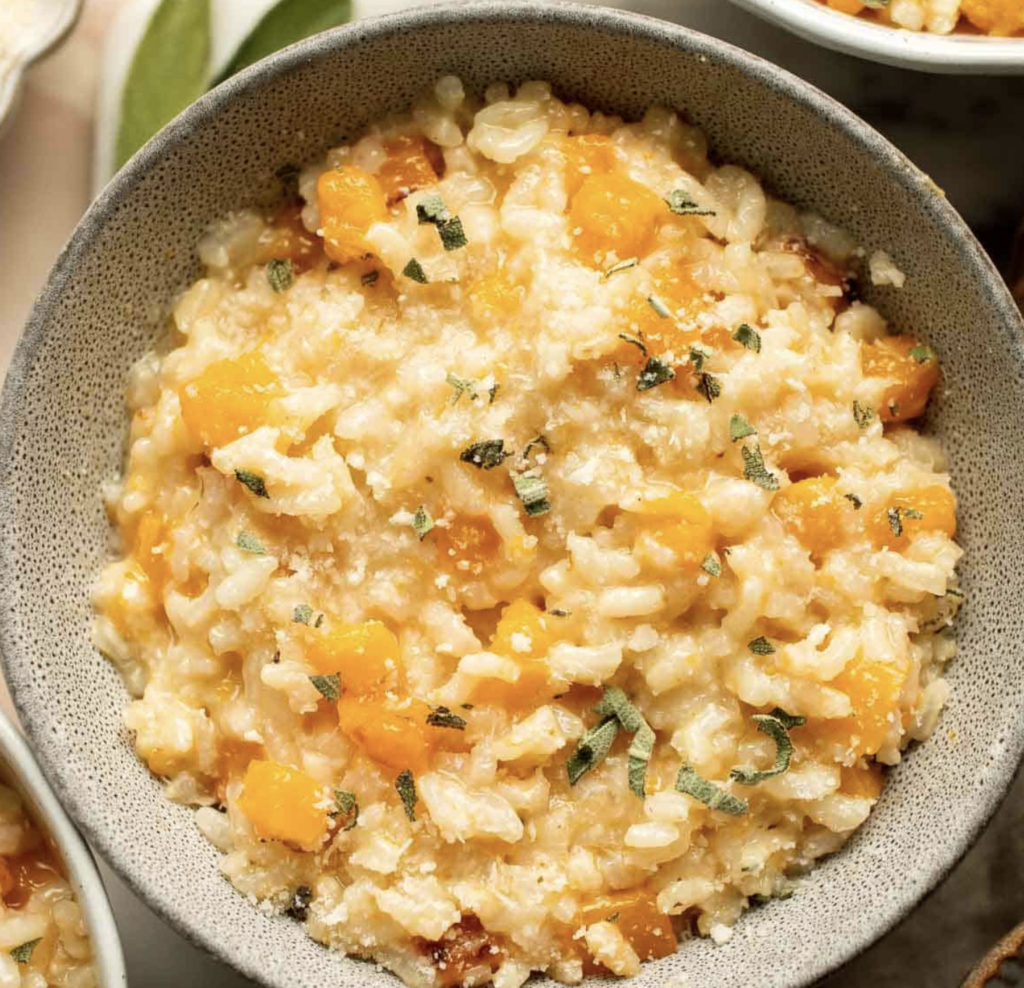
One of the subtle yet essential benefits of ceramic dinnerware is its heat retention. In fine dining, food temperature is crucial—whether it’s a warm risotto in Italy or a classic French soufflé, maintaining the right temperature enhances the dish’s flavor and texture. Ceramic plates and bowls, especially porcelain and stoneware, help retain heat longer than metal or plastic alternatives.
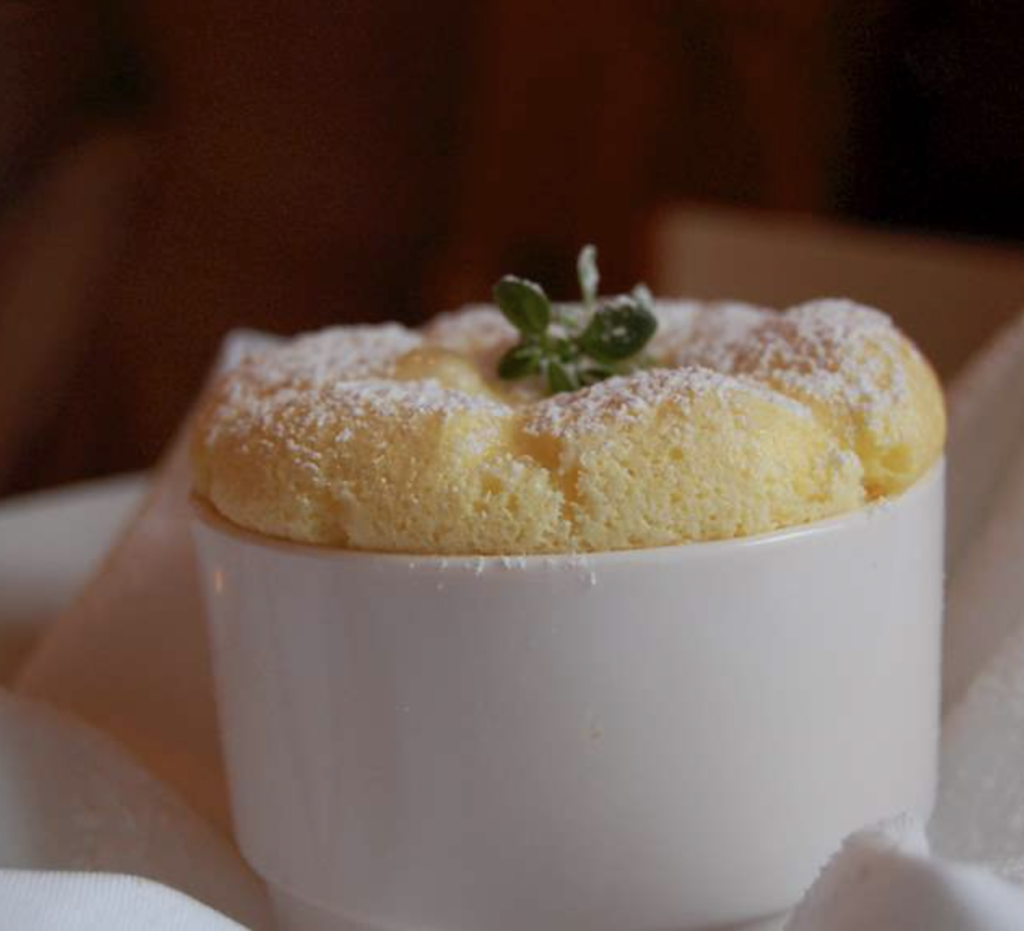
European Brands Leading in Ceramic Dinnerware
Across Europe, several distinguished brands specialize in crafting high-end ceramic dinnerware for fine dining establishments. Here are five of the most renowned:
1. Villeroy & Boch (Germany)
Signature Features: Classic and contemporary styles, premium porcelain, high durability
Founded in 1748, Villeroy & Boch is one of Europe’s most recognized ceramic tableware brands. Their collections range from minimalist modern white porcelain to elaborate hand-decorated bone china, making them a preferred choice for upscale restaurants.
2. Bernardaud (France)
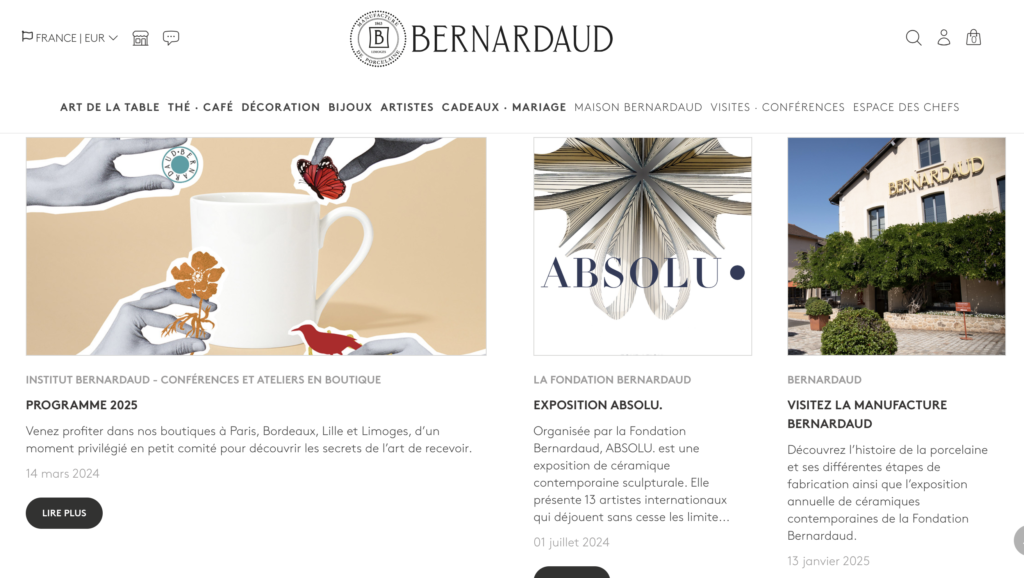
Signature Features: French luxury porcelain, artistic designs, fine craftsmanship
Bernardaud is a symbol of elegance in French fine dining. Their porcelain dinnerware is often used in Michelin-starred restaurants, featuring exquisite designs and collaborations with contemporary artists.
3. Richard Ginori (Italy)
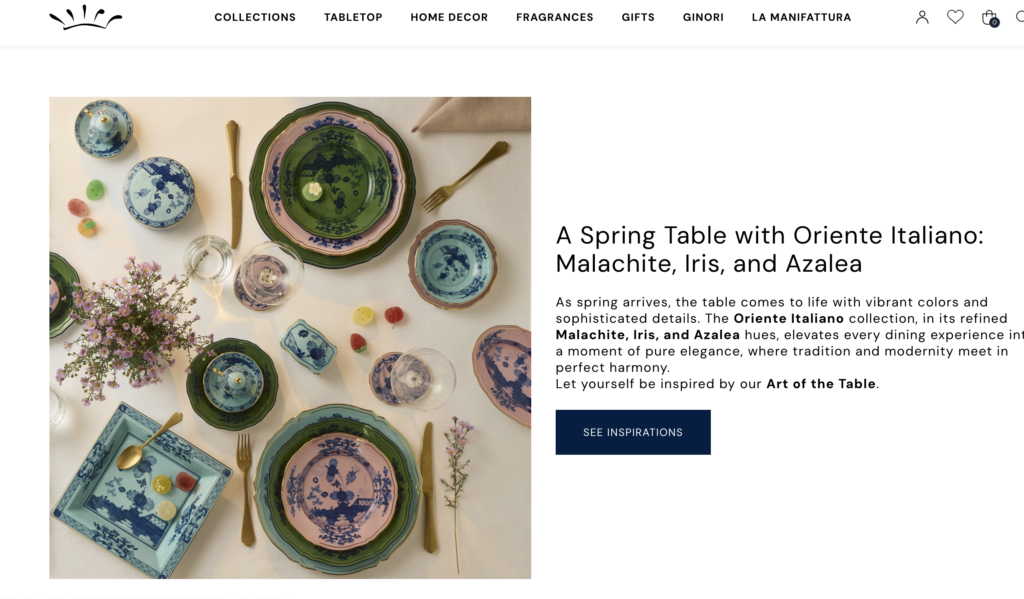
Signature Features: Hand-painted porcelain, classical Italian motifs, rich heritage
Dating back to 1735, Richard Ginori produces high-quality ceramic dinnerware that blends Italian artistry with modern sophistication. Their collections often feature baroque and neoclassical influences, making them a staple in high-end Italian restaurants.
4. Wedgwood (United Kingdom)
Signature Features: Fine bone china, intricate detailing, iconic British heritage
Wedgwood is known for its luxurious and refined bone china dinnerware, often featuring delicate floral patterns and gold accents. It remains a favorite choice for formal dining in luxury hotels and royal events.
5. Rosenthal (Germany)
Signature Features: Avant-garde designs, collaborations with designers, high-quality porcelain
Rosenthal is renowned for blending tradition with innovation, creating contemporary ceramic dinnerware with artistic influences. Their tableware is often found in modern fine dining establishments that appreciate both functionality and design uniqueness.
These brands represent the pinnacle of European ceramic craftsmanship, each contributing to the timeless elegance of fine dining experiences across the continent.
How Ceramic Dinnerware Enhances Different European Cuisines
Fine dining in Europe is diverse, and ceramic tableware adapts to various culinary styles:
- French Haute Cuisine: Delicate porcelain plates elevate artfully plated dishes like foie gras, soufflés, and seafood delicacies.
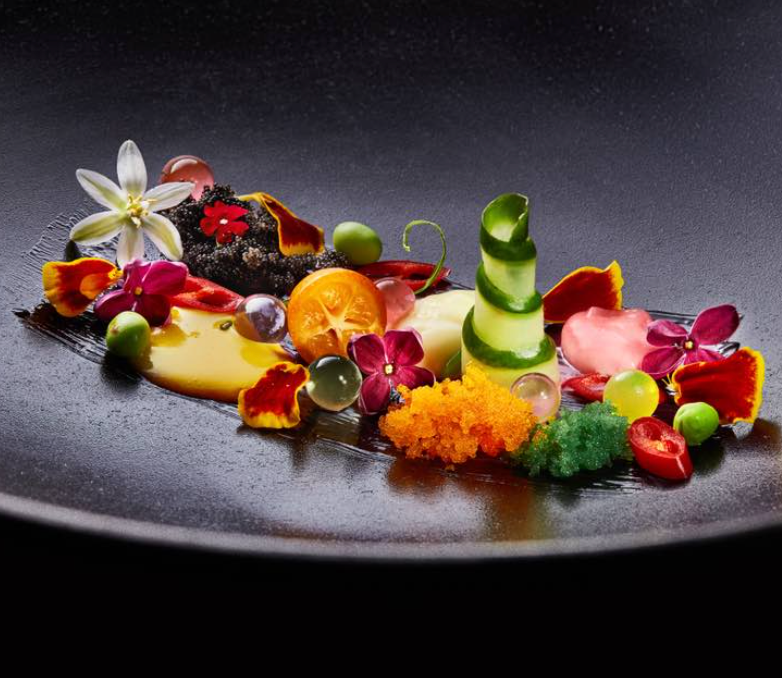
- Italian Fine Dining: Handmade ceramic plates complement traditional pasta, risottos, and truffle-infused dishes.
- Spanish Tapas & Fine Dining: Small, rustic ceramic plates highlight vibrant tapas and seafood delicacies.
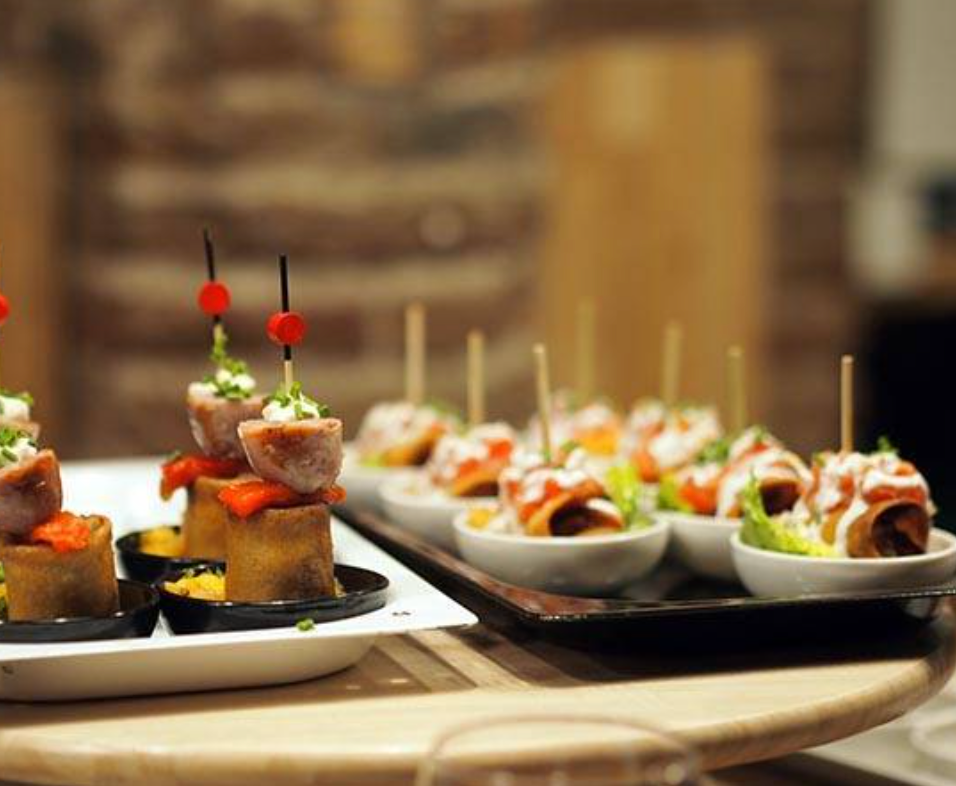
- Nordic Gastronomy: Minimalist, matte-finished ceramic plates are preferred for presenting nature-inspired dishes.
The right dinnerware harmonizes with the aesthetics of a dish, enhancing both the dining experience and the chef’s creative vision.
FAQ: Ceramic Dinnerware in Fine Dining
1. Why do fine dining restaurants prefer ceramic dinnerware?
Ceramic plates offer superior aesthetics, heat retention, and a premium dining experience, making them ideal for high-end restaurants.
2. What is the best type of ceramic for fine dining?
Porcelain and bone china are the top choices due to their refined appearance, durability, and luxurious feel.
3. Is ceramic dinnerware safe for use in fine dining?
Yes, high-quality ceramics are lead-free, food-safe, and resistant to staining, making them perfect for gourmet cuisine.
4. How should fine dining ceramic dinnerware be maintained?
Handwashing is recommended for premium ceramic dinnerware, especially gold-rimmed or hand-painted pieces, to preserve their elegance.
5. Can ceramic dinnerware be customized for restaurant branding?
Absolutely! Many ceramic manufacturers offer OEM and ODM services for restaurants looking to customize designs, logos, and colors.
Conclusion
Ceramic dinnerware remains an integral part of European fine dining, enhancing both aesthetics and functionality. Whether it’s the refined porcelain of Villeroy & Boch, the artisanal craftsmanship of Bernardaud, or the historical elegance of Wedgwood, ceramic dinnerware plays a vital role in creating memorable dining experiences.
For restaurants, hotels, and fine dining establishments seeking high-quality ceramic dinnerware, partnering with a trusted manufacturer is essential. As a leading OEM & ODM ceramic tableware factory in China, we provide customized solutions for global brands looking to elevate their tableware collections.
Would you like to explore custom ceramic dinnerware for your fine dining business? Contact us today to learn more about our tailored solutions!

